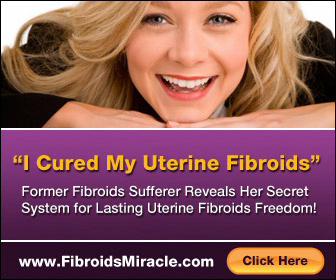Uterine fibroids, also known as leiomyomas or myomas, are the most common type of benign tumors. These are muscular tumors that grow in the womb or the wall of the uterus. In extreme cases, multiple fibroids can cause an expansion to the uterus and it can add weight.
Interestingly though, many women do not have any symptoms, hence not knowing they have it. The cause for its development remains unknown.
Is treatment necessary to remove uterine fibroids?
Uterine myomas are harmless growths and are non-cancerous, neither are they life threatening. However, they may cause complications and health problems in the long run. Since these fibroids are made of muscle and other tissues, they may further grow inside the body or even worse, multiply.
How are uterine fibroids removed?
There is no single best approach to treat such case due to differences in sizes, location, and symptoms—hence, several options exist.
Women with little to no symptoms usually do not need any treatment. However, these tumors target hormones that regulate the menstrual cycle, therefore causing heavy menstrual bleeding and pelvic pressure in some cases. If these occur, medications are usually provided to shrink the tumors’ size. Such medications include:
-
Gonadotrophin-releasing hormone (GnRH) agonists
This medication works by blocking the body’s production of estrogen and progesterone, putting it in a temporary menopause-like state. As a result, menstruation stops and the uterine fibroids shrink.
-
Progestin-releasing intrauterine device (IUD)
This device does not shrink the fibroids present in the uterus; however, it provides relief in heavy bleeding. It also prevents pregnancy.
-
Tranexamic Acid (Cyklokapron, Lysteda)
This is a non-hormonal medication that is only taken during heavy bleeding days.
-
Other medications
Your doctor might recommend other medications such as contraceptives to help control menstrual bleeding, but such medications do not reduce the size of the fibroids.
If none of the medications work or the fibroids’ size increased, surgery for removal may be done. There are several surgical options depending on the fibroids’ size. Such procedures are discussed below.
-
Non-invasive procedure
From the name itself, this procedure does not require any incision. It is done while you are inside a Magnetic Resonance Imaging (MRI) scanner.
The MRI is equipped with a high energy ultrasound transducer that gives the specific location of the uterine fibroids. Once located, the ultrasound transducer gives off sound waves or sonication into the tumors, heating and destroying its tissues.
-
Myomectomy
This procedure is done if you want to keep your uterus or if you’d like to have children in the future. It works by removing the fibroids without affecting the healthy tissues of the uterus.
-
Hysterectomy
This surgery is the removal of a part or all of the uterus. This is usually done if there are a lot of large fibroids present. It can be done through the vagina or lower abdomen.
These are only some of the treatment options for uterine leiomyomas. To know the best treatment option, a doctor’s consult is recommended.
What happens if uterine leiomyomas are left untreated?
As mentioned previously, uterine fibroids do not cause cancer. They also rarely interfere with pregnancy. Uterine leiomyomas are likewise found to shrink after menopause due to a decrease in hormonal levels. Still, if it is left untreated, it might continue to grow both in number and in size. It could also cause potential negative effects on fertility due to its location.


